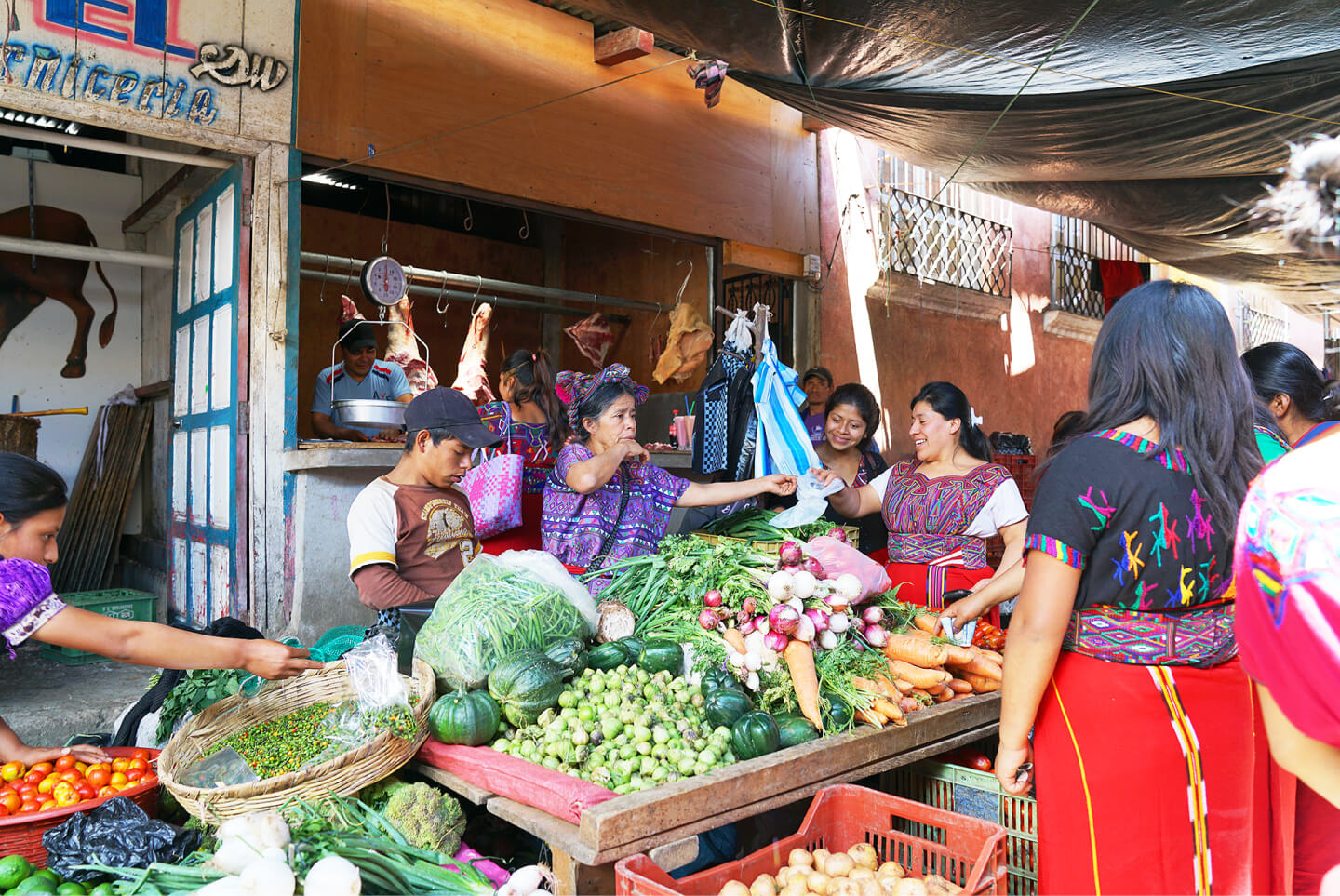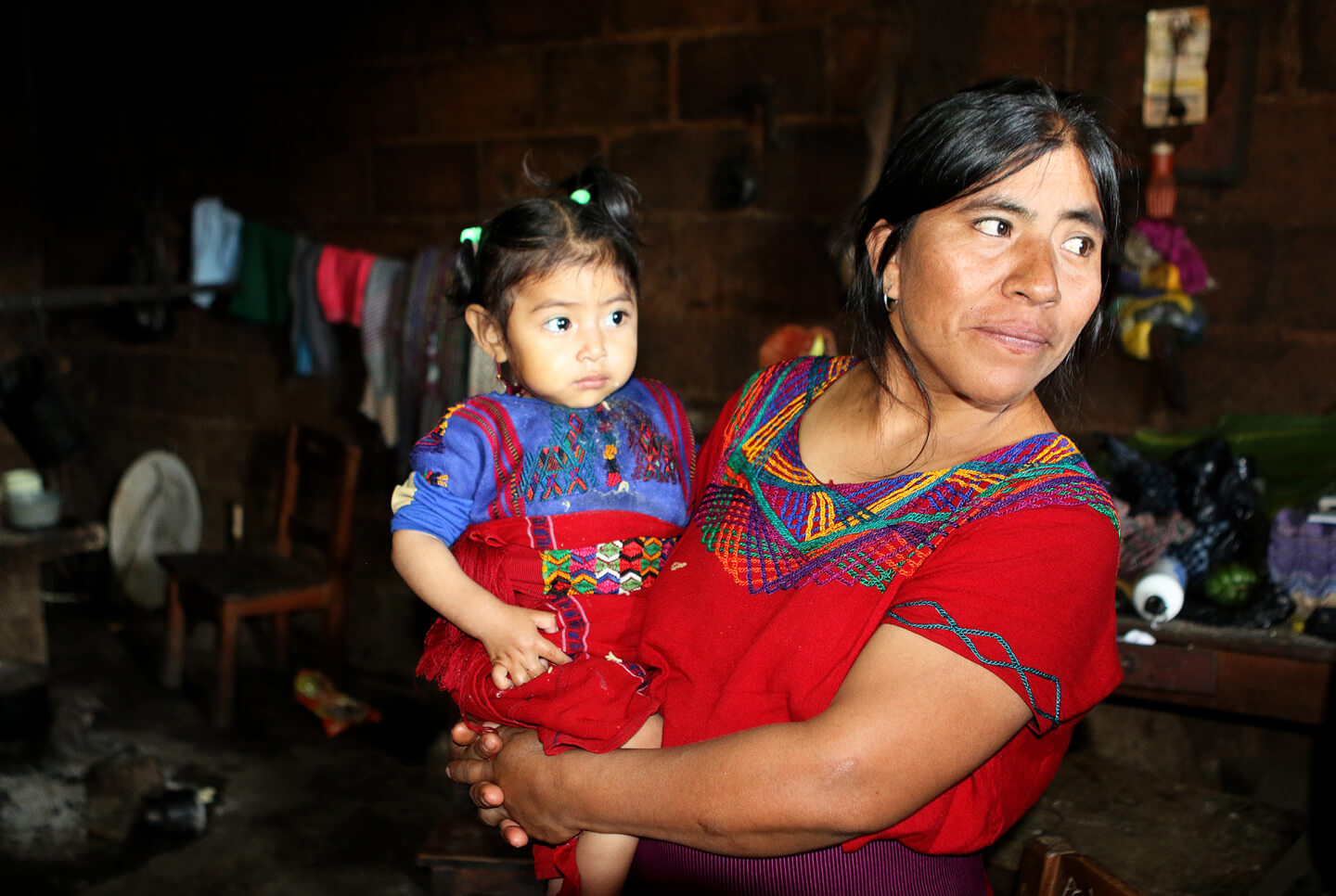












Center of the center
Markets. Chichicastenango. Chapter I

Maya culture is omnipresent in Guatemala, from daily household rituals to large annual celebrations. Guatemala is the center of the center, both from the point of view of the history of Maya culture, which received its most active development here, and from the point of view of its geographical location: the country is located in the heart of Central America, at the intersection of trade and conquest routes. Besides, it lies exactly between two oceans.



The market, which symbolizes the idea of a center, intersection, seemed the best metaphorical representation of everyday life. It also acts as a prism or an instrument, with the help of which we observe the relationship between a place and people.
All roads lead to the market. It is the center of life and at the same time a place for self-manifestation, a stage where an image of oneself, a neighbor and a stranger is created.
Santa Maria Nebaj, Quiché Department. Locals speak Ixil, one of the twenty-one languages of the Mayan group. 2018.

The market, which symbolizes the idea of a center, intersection, seemed the best metaphorical representation of everyday life. It also acts as a prism or an instrument, with the help of which we observe the relationship between a place and people.
All roads lead to the market. It is the center of life and at the same time a place for self-manifestation, a stage where an image of oneself, a neighbor and a stranger is created.
Santa Maria Nebaj, Quiché Department. Locals speak Ixil, one of the twenty-one languages of the Mayan group. 2018.

The market, which symbolizes the idea of a center, intersection, seemed the best metaphorical representation of everyday life. It also acts as a prism or an instrument, with the help of which we observe the relationship between a place and people.
All roads lead to the market. It is the center of life and at the same time a place for self-manifestation, a stage where an image of oneself, a neighbor and a stranger is created.
Santa Maria Nebaj, Quiché Department. Locals speak Ixil, one of the twenty-one languages of the Mayan group. 2018.
The market reflects the worldview of the local population, the degree of its openness, culture, traditions, habits and peculiarities.

Not only this is a place of goods exchange, but also a place to share recent news, eat, live, bargain, take a look at new neighbors, get acquainted. All the above-mentioned activities, of course, happen in the traditional market anywhere in the world — whether it is a marketplace in Central Asia, Russian hinterland or islands in the ocean.



San Gaspar Chajul, Quiché Department. 2018.
We chose one of the largest and oldest markets in Central America, Santo Tomás Chichicastenango, as the main observation point for this project. The expedition took place in the times before COVID-19, but we also talked about the influence of the pandemic with our respondents.
Chichicastenango, Quiché Department, Kʼicheʼ. 2018.


Before diving into the shopping arcade of Chichicastenango, let us recall the history of Guatemala and trace its formation as a modern state. This will help us to better understand the mentality of the inhabitants and the peculiarities of life in the country.


Contacts
Events
Project












